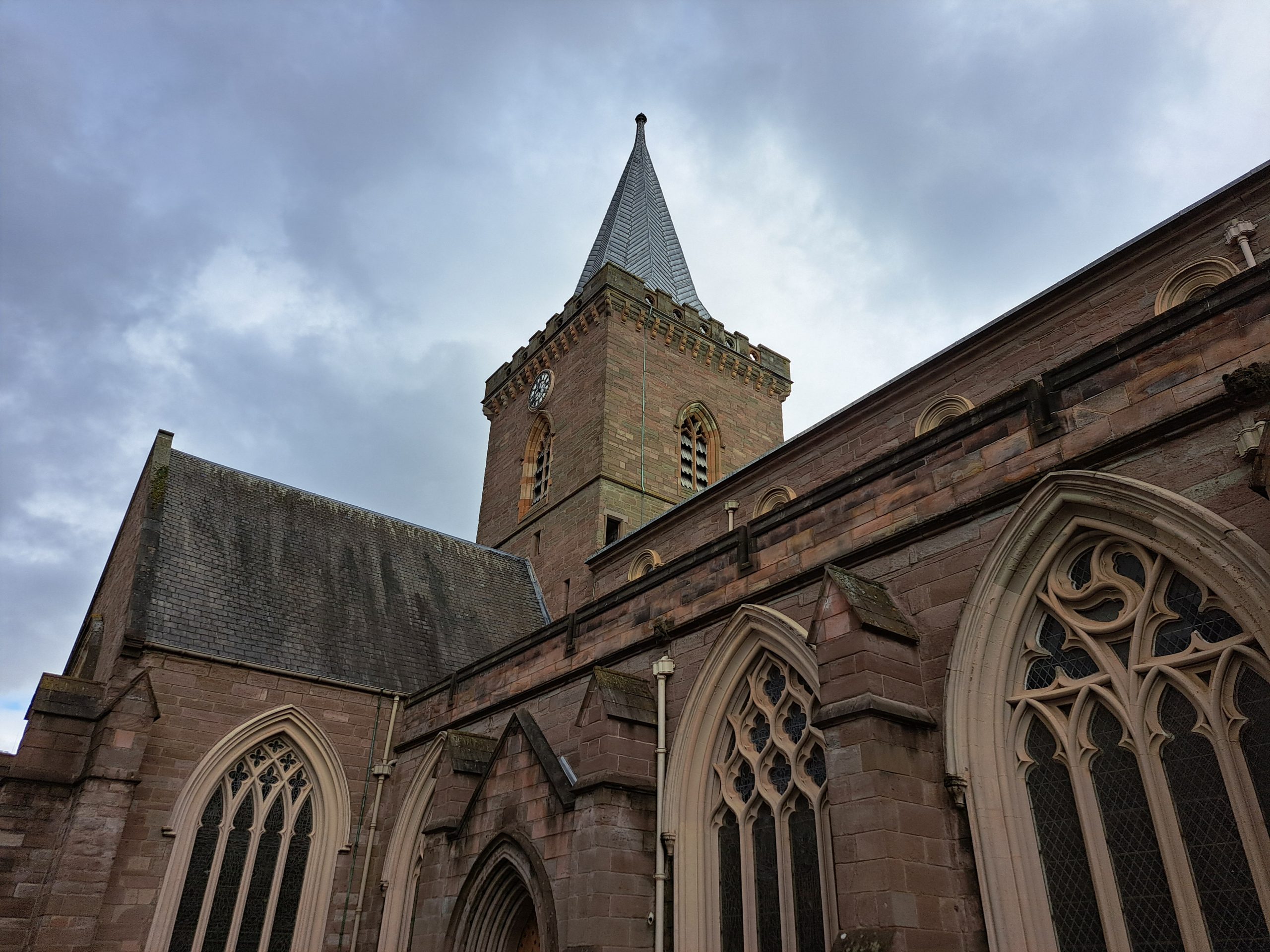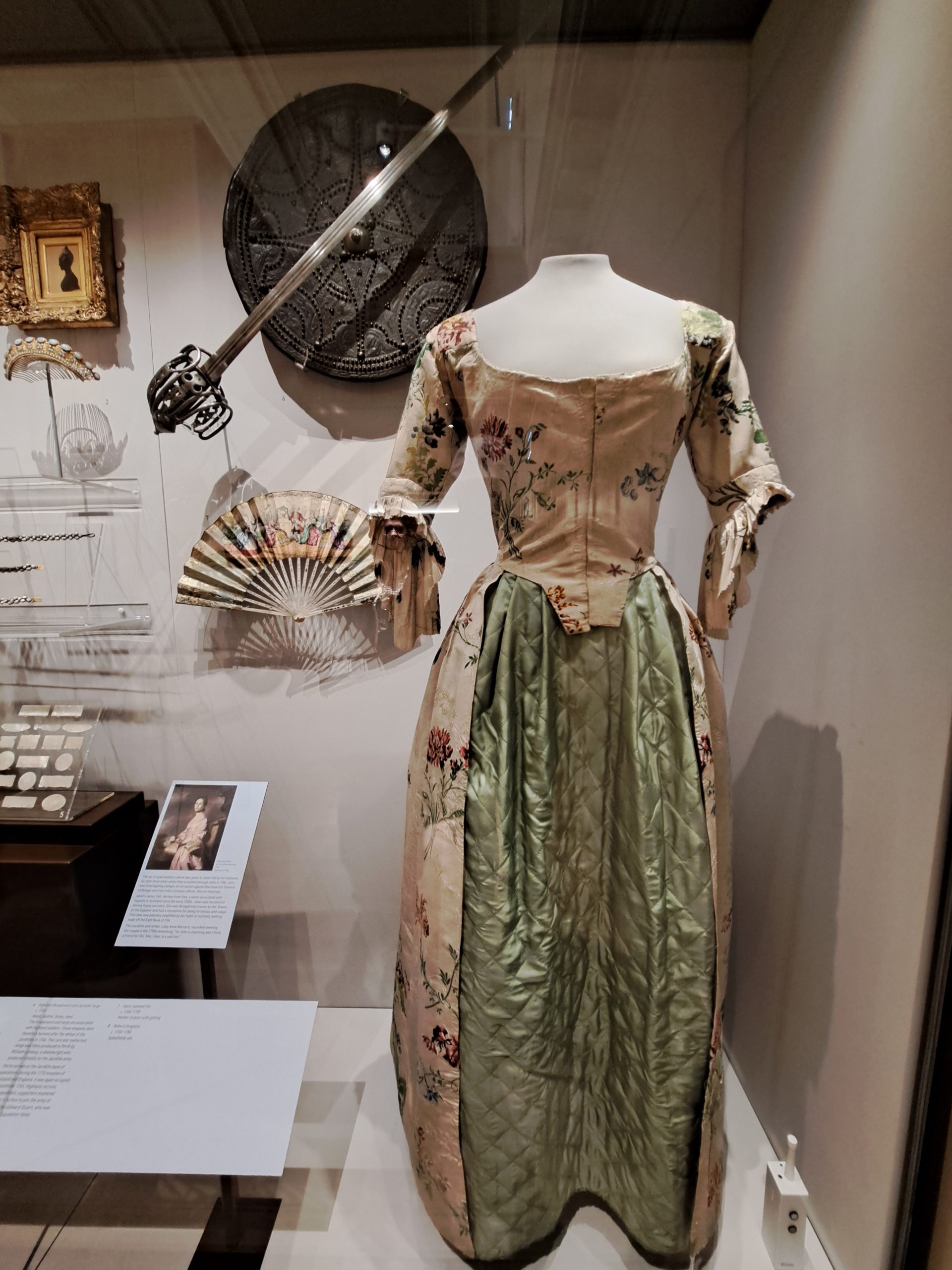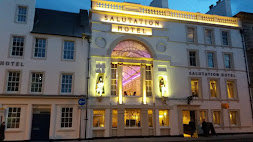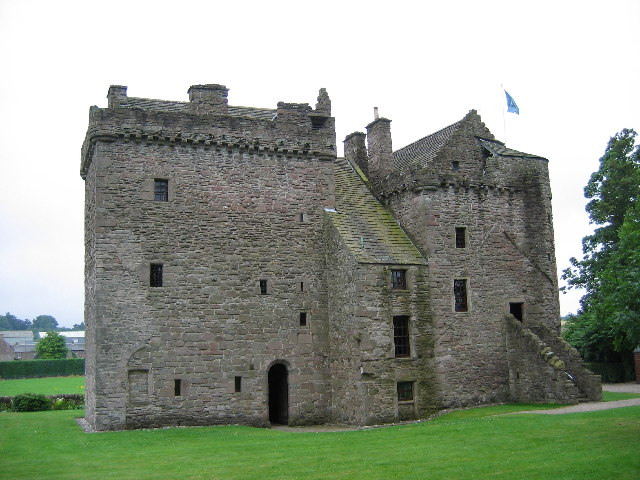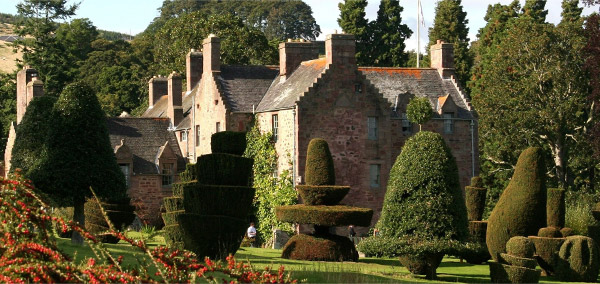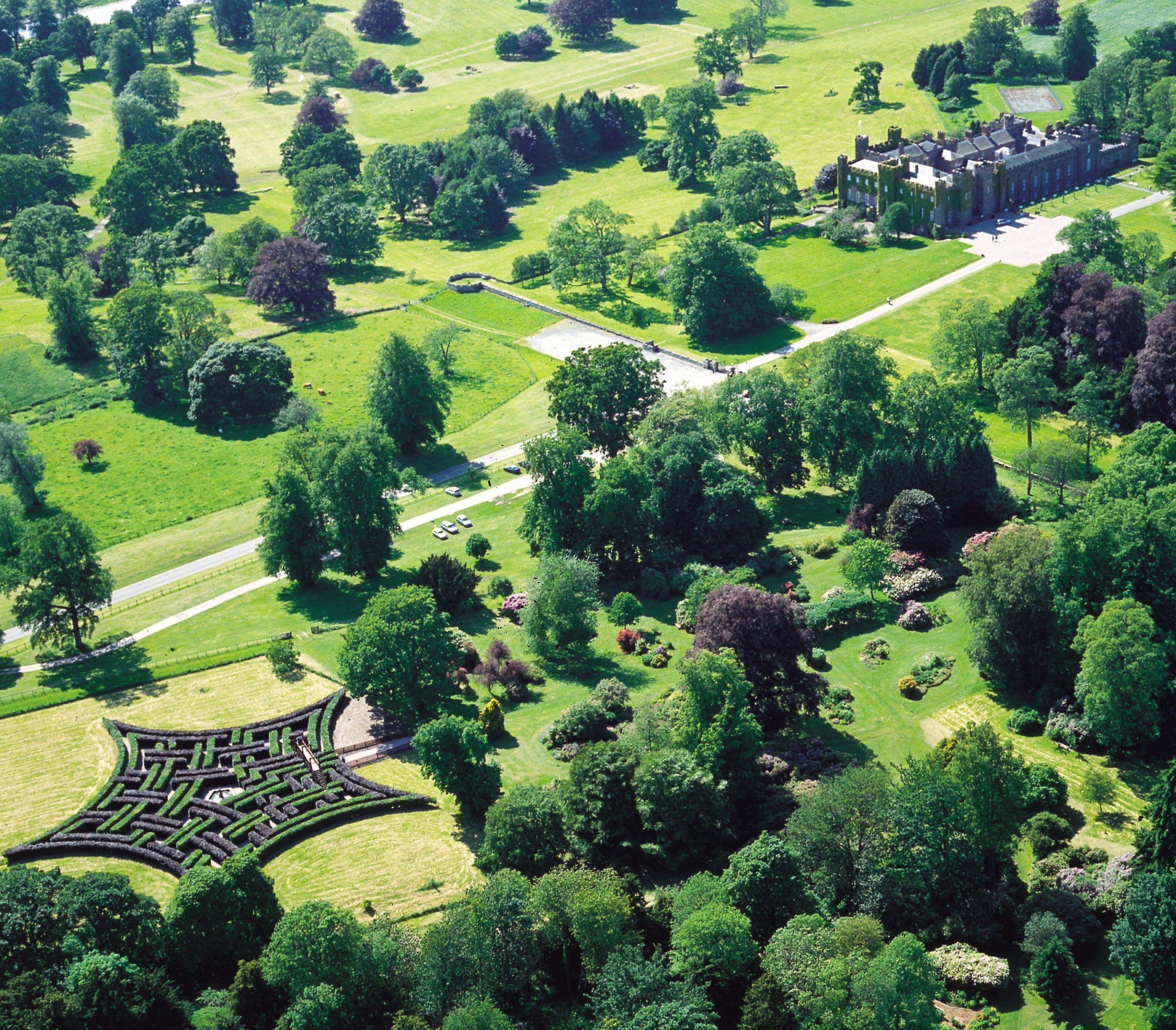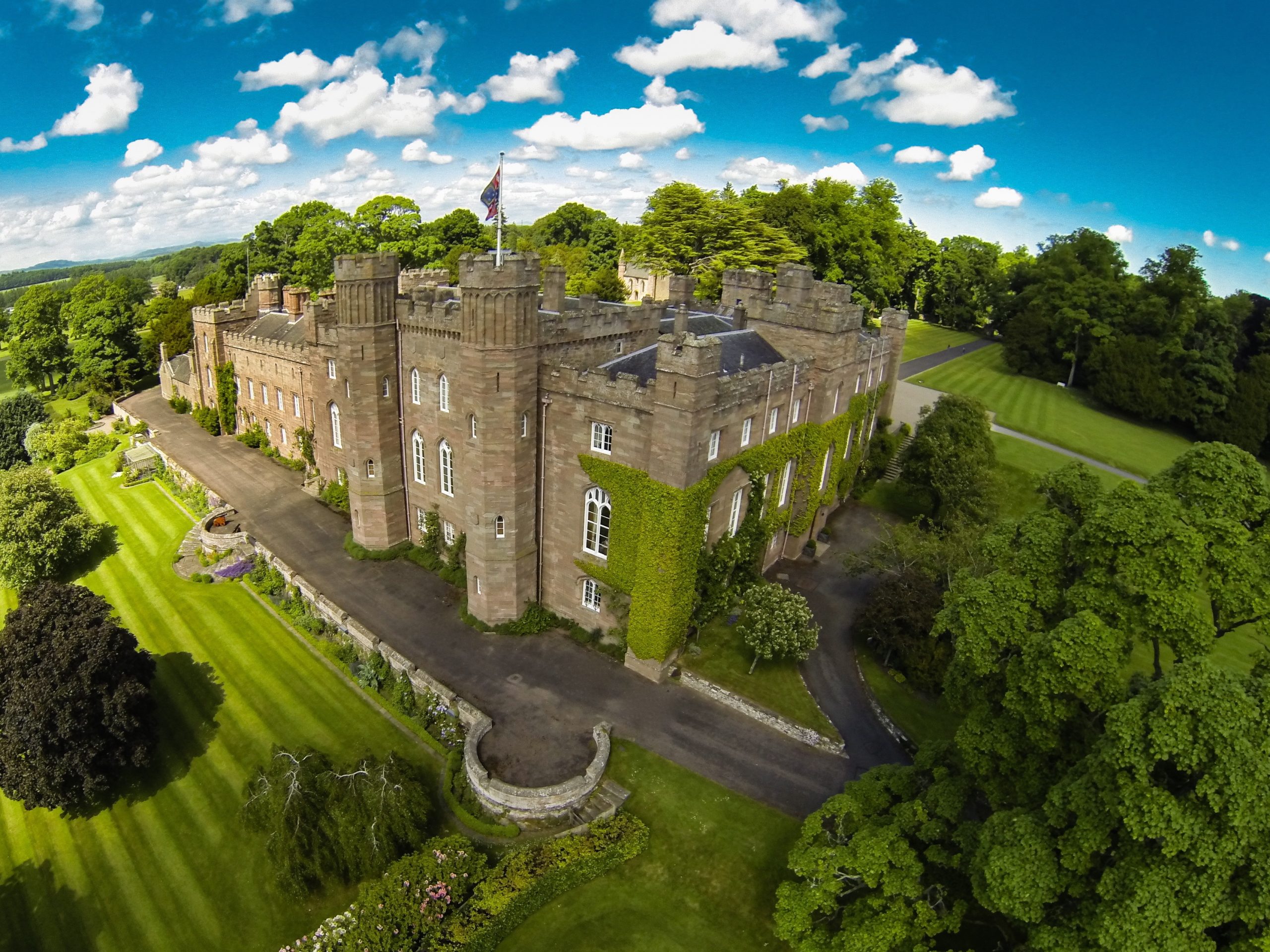Perth Museum and St John's Kirk stand side by side in the historic heart of the city of Perth. In early September 1745, the Jacobite army of Prince Charles Edward Stuart occupied Perth on its way towards Edinburgh. Whilst much of the army was encamped at the North Inch, it had its first chance to pause and undertake training. The Prince himself attended service at the 15th century church of St John on 8th September. Adjacent to the church is Perth Museum, housed in the former City Hall, which contains a fine basket-hilted broadsword said to be the one sent to Charles Edward in Rome by the Duke of Perth. Other relevant items are displayed upstairs in the Georgian section.
Access
Museum is open 7 days a week, 10am-5pm (7pm on Thursdays). Free entry, although the Stone of Destiny display requires a timed ticket. Church is generally open May-October, Monday to Saturday, 10am-4pm.
Website
https://www.st-johns-kirk.co.uk/
Contact
01738 632488

